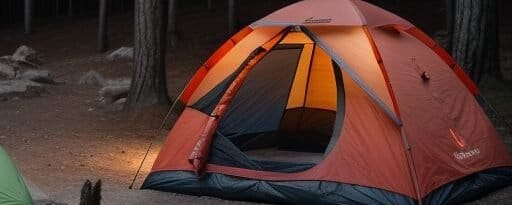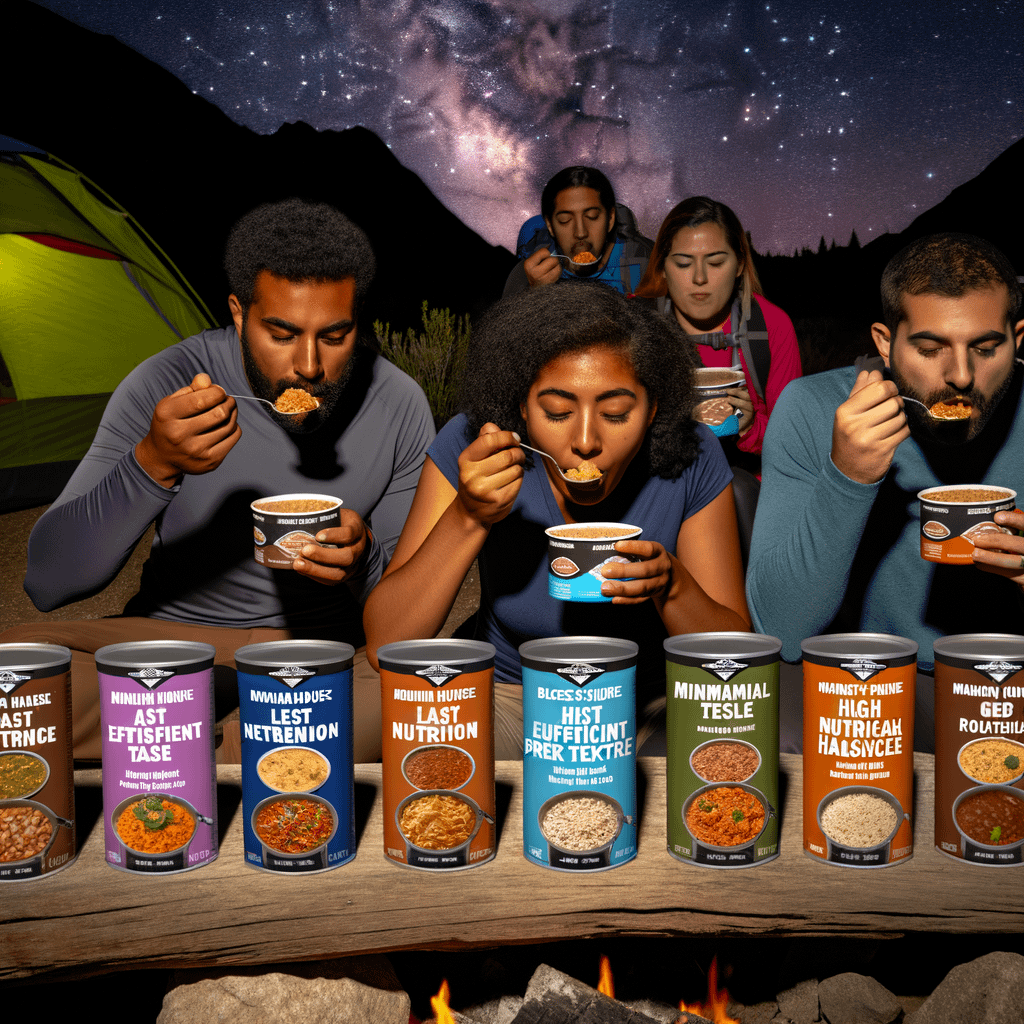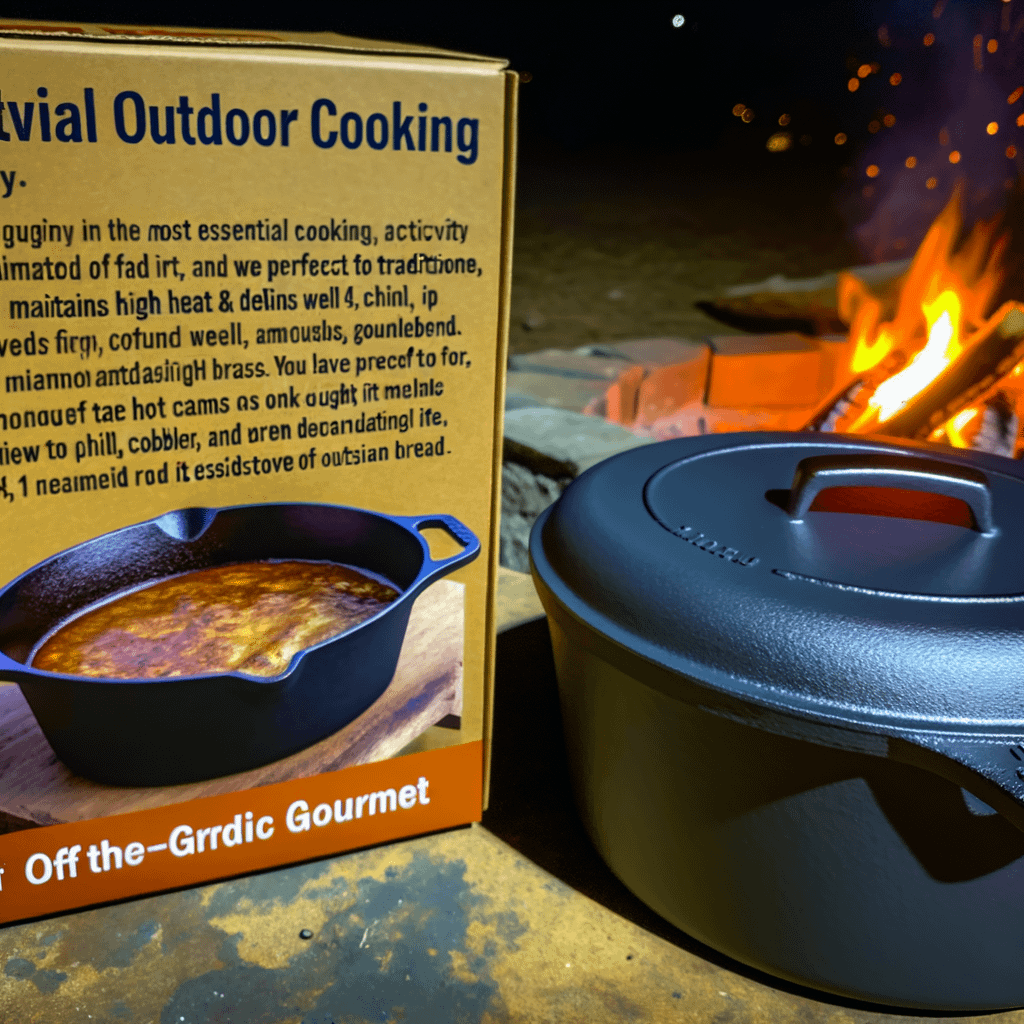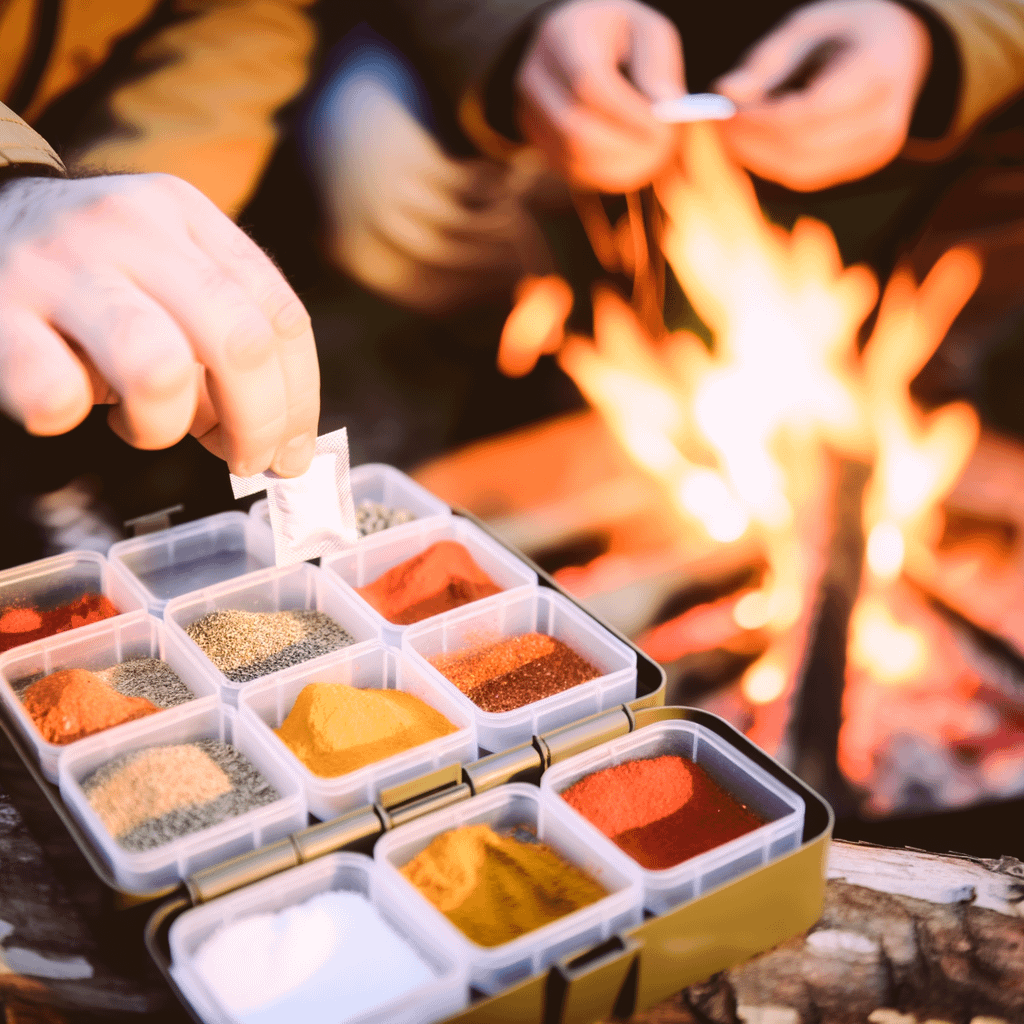Make-Ahead Camping Meals That Reheat Perfectly Outdoors
Imagine this: you’re in the middle of a forest, morning mist still hanging in the air, and your stomach starts to growl. But instead of scrambling with pots and raw ingredients, you’re simply reheating a delicious breakfast burrito you prepared at home. That’s the magic of prepare ahead camping food — no fuss, no mess, just great meals under the open sky. In this article, we’re diving into the best make-ahead meals for camping, how to prep them properly, and tips for reheating them like a pro.
Why Prepare Ahead Camping Food?
Camping is all about relaxation, adventure, and connection with nature — not standing over a fire stressing about dinner. With prepped meals, you reduce the time spent cooking at the campsite, freeing you up to go hiking, swimming, or just kick back in a hammock. Time saved is energy earned.
Meal planning also helps you reduce food waste. Instead of lugging around a bunch of raw ingredients that might get squished or spoil, you bring only what you’ll eat — already cooked and portioned. This smart packing method makes coolers neater, lighter, and more efficient. Plus, it helps you craft a varied, nutritious menu rather than relying on instant noodles and granola bars.
Finally, make-ahead camping food reduces stress. Camping kitchens can be unpredictable, so having ready-to-reheat meals ensures hot, hearty nourishment without hassle. No guessing measurements, no forgotten spices — everything’s handled in advance.
Key Considerations When Prepping Camping Meals
Storage is crucial. Make sure meals are packed in airtight containers or vacuum-sealed bags. Use reliable coolers with ice packs or blocks that last longer. For longer trips, choose meals that are forgiving when thawed or kept cold for several days.
Equally important is choosing meals that reheat well. Think stews, baked casseroles, or foil packet dinners — meals designed to warm up evenly without losing flavor or texture. Avoid anything with delicate crusts or crispy finishes that might get soggy.
Portion control is your friend. Whether you’re feeding four adults or a mix of adults and kids, consider prepping individual servings to reduce time juggling portions later. You’ll also want to balance shelf-stable options like oats or trail mix with refrigerated meals to optimize cooler space and food safety.
Best Containers and Tools for Reheating Outdoors
Foil packets are the MVPs of camping cuisine. They’re lightweight, disposable, and easy to reheat directly on coals or grates. Dutch ovens offer slow, even heating and are perfect for soups and casseroles. Cast iron skillets provide excellent heat retention and make crispy morning hash an easy task.
Portable camp stoves and grills add cooking flexibility, especially in areas where open flames are restricted. Add thermal bags and vacuum sealers to your arsenal for efficient prep, safe storage, and prolonged freshness. These tools make reheating a breeze even without a roaring fire.
10 Delicious Make-Ahead Camping Meals
1. Campfire Breakfast Burritos
Stuffed with scrambled eggs, cheddar cheese, peppers, and sausage or bacon, these wraps can be frozen and reheated in foil directly over the campfire. Make a batch, wrap tightly, and freeze flat. In the morning, peel and warm them up in a skillet or on a grate for a hearty start.
2. Hearty Chili or Stew
Cook your favorite chili or stew recipe at home and freeze it in large flat bags. When you’re at the campsite, throw it into a Dutch oven over low coals and let it simmer back to life. It’s filling, flavorful, and perfect for cold nights.
3. Foil Packet Chicken Fajitas
Use pre-cooked chicken, sliced peppers, onions, and your favorite spices. Assemble into foil packets at home. At the campsite, toss them onto the grill or over coals for sizzling, smoky flavor with no clean-up required.
4. Pasta Bake Casserole
Make your favorite baked pasta — think lasagna, mac and cheese, or ziti. Portion it into foil baking tins, cover tightly, and refrigerate or freeze. Reheat on the grill with indirect heat, and you’ll have a cheesy, satisfying dinner ready in no time.
5. Pulled Pork Sandwich Packs
Slow-cook pork loin at home with BBQ sauce, portion into vacuum-sealed bags, and freeze. At camp, submerge the sealed bag in simmering water to reheat, then serve on buns with slaw for an effortless crowd-pleaser.
6. Quinoa or Rice Bowls with Protein & Veggies
Assemble nutrient-rich bowls with grains, grilled chicken or tofu, and veggies. Keep sauces in separate containers to avoid sogginess. Quick heat in a skillet, drizzle the sauce, and you’ll feel like you’re dining at a gourmet food truck in the woods.
7. Homemade Freezer-Friendly Soup Jars
Mason jars work wonders, but make sure you use freezer-safe ones and only fill them ¾ full. Pop a few hearty soups — like lentil or minestrone — into your cooler. Reheat in a pot or over a camping burner for a soul-soothing lunch.
8. Veggie & Egg Muffins or Frittatas
These protein-rich nuggets are made in muffin tins at home and easily warmed up in foil. Packed with spinach, cheese, and bell peppers, they’re perfect for breakfast or a midday snack. Best of all, they take up minimal space in the cooler.
9. Grilled Skewers (Pre-Marinated)
Thread meats and veggies onto skewers, marinate, and freeze. Grill them straight from the cooler to fire for a quick, flavorful meal that delivers smoky goodness with minimal effort.
10. Campfire Nacho Kits
Layer tortilla chips in foil pans with pre-cooked beef or chicken, beans, cheese, and optional jalapeños. Cover and seal tightly. When it’s nacho time, reheat over indirect heat until melty and warm. Serve with guacamole and sour cream for a fireside fiesta.
Tips for Reheating Prepared Meals While Camping
Use medium heat to avoid burning your food. Stews and casseroles warm well over indirect heat, while skillet dishes do better with direct but low flames. Wrap items like burritos or egg muffins in foil to keep moisture in and prevent drying out.
If you’re cooking for multiple people, rotate meals on the grill to ensure even heating. Use lids or foil over your cookware to trap heat and cook efficiently. Patience pays off — rushing reheating often leads to hot outsides and cold centers.
Food Safety Tips for Make-Ahead Camping Meals
According to the USDA, perishable food should not sit above 40°F for more than two hours. Use multiple ice packs or large ice blocks instead of cubes to maintain lower temperatures longer. Pack meats and dairy at the bottom of the cooler, closest to the ice source.
Thaw meals in your cooler over time. Never leave them out at room temperature. Check storage times: most cooked meals last 3-4 days in the fridge, or up to three months when properly frozen. Always reheat meals to 165°F to ensure safety.
Sample 3-Day Make-Ahead Meal Plan for a Camping Trip
Day 1
- Breakfast: Veggie & egg muffins
- Lunch: Quinoa bowls with grilled chicken
- Dinner: Pulled pork sandwiches
Day 2
- Breakfast: Campfire breakfast burritos
- Lunch: Campfire nachos
- Dinner: Pasta bake casserole
Day 3
- Breakfast: Oatmeal with dried fruit (shelf-stable)
- Lunch: Soup jars with crackers
- Dinner: Foil packet fajitas or grilled skewers
For snacks, think trail mix, jerky, granola bars, and fresh fruit. Treat yourself to s’mores, of course, with pre-packed marshmallows, chocolate, and graham crackers.
Final Thoughts
Prepping make-ahead meals for your next outdoor adventure sets you up for delicious success. You save time, reduce stress, and make room for what really matters — enjoying the wild. Experiment with new flavors, invest in good tools, and create a menu that turns your campsite into your favorite restaurant under the stars.
FAQs
1. How far in advance should I prepare camping meals?
Ideally, prep meals 2-3 days before your trip. Freeze what you plan to eat later to keep it safe for longer durations.
2. Can you freeze meals in foil packets for camping?
Absolutely. Just ensure they’re tightly sealed and label them clearly. Reheat them directly over coals or a camp stove.
3. What are the best reheating methods without a campfire?
Use a portable camp stove, propane grill, or small butane burner. These work well with skillets, pots, and foil packets.
4. How do I keep meals cold during long travel to the campsite?
Use high-quality coolers, layer items with large ice blocks, and keep coolers out of direct sunlight. Consider pre-chilling your cooler the night before for best results.
“`











